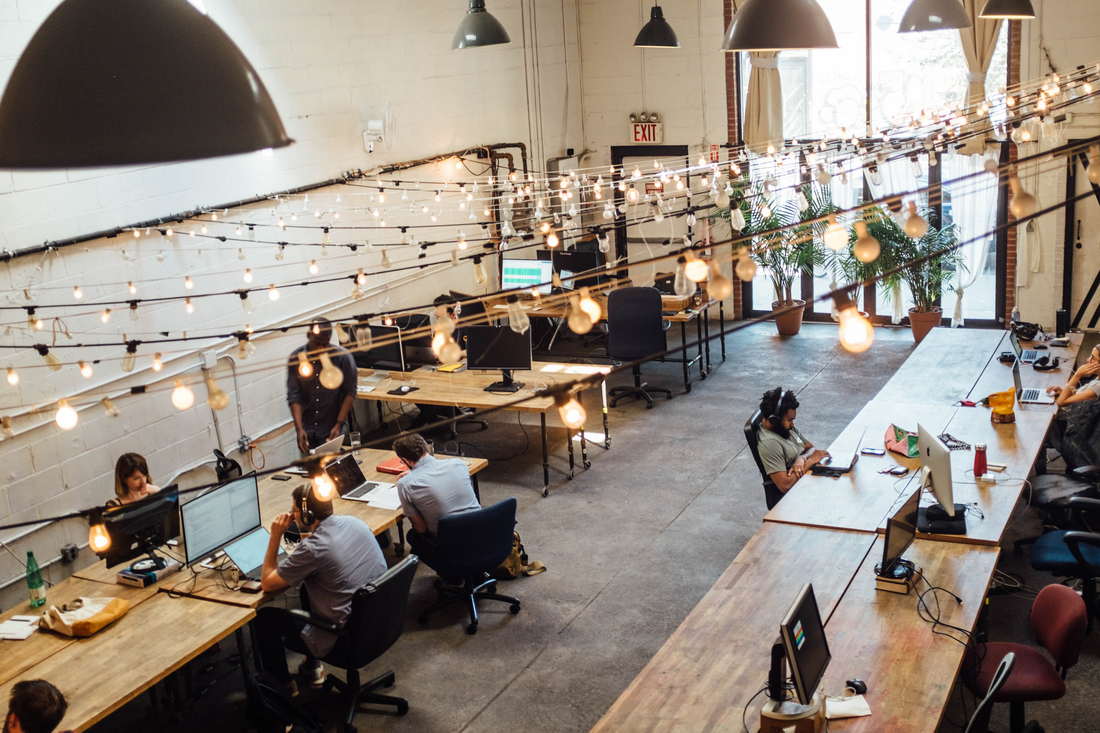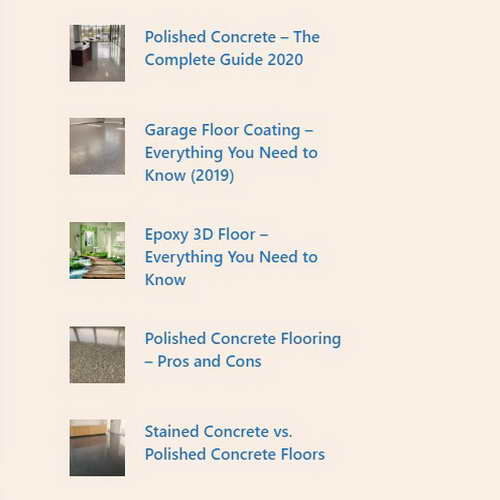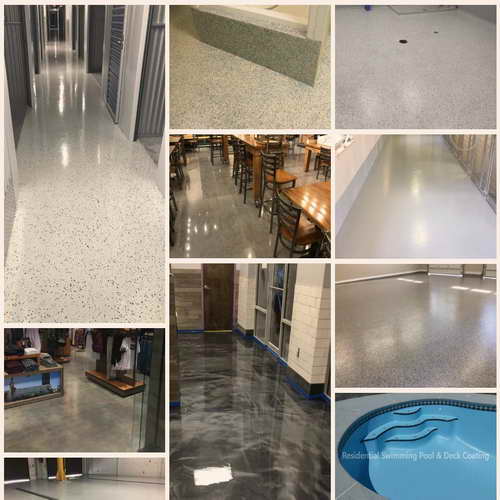The best co-working space designs are those that encourage collaboration, productivity and creativity, whilst also ensuring that each worker’s needs are met when it comes to safety, organization and the need to concentrate fully. So, it can be a challenge to come up with the ideal solutions.
Here are some essential considerations to take into account when designing the ultimate co-working space, including the best flooring solutions and safety tips.

Photo by Shridhar Gupta on Unsplash
Meeting the opposing needs of privacy and collaboration
Depending on the nature of the work being conducted in the given space, the needs for worker privacy and collaborative design may differ. It may very well be that each worker has a different set of needs depending on their level of autonomy, too. Many freelancers, for example, value flexibility and expect to work in shared work areas, while other professionals may seek quieter environments in which to focus.
If the needs of your workers vary significantly, the best option is to design a space that accommodates a variety of working preferences. Across the plan, therefore, you could incorporate private offices, dedicated individual worker desks, hot desks for shared users, collaborative areas for creative brainstorming, and private meeting rooms for a quieter focus space. Including a variety of options keeps the space feeling fresh and allows for multiple uses.
Planning with growth in mind
Each desk will use up approximately 40 square feet, and ideally, you want to allow for future growth, so it’s a good idea to think about ways that you could accommodate more workers without sacrificing comfort and safety across the space. You can increase the space’s flexibility by utilizing modular furniture, installing walls that retract, and making sure that you don’t skimp on electrical outlets when you first fit the area out.
Incorporating social areas for networking and downtime
Once you have established the number of desks that you will require, you can concentrate on incorporating communal areas into the design.
It’s important to remember that most people like the functionality of co-working spaces because it allows them to network and socialize with like-minded people. It’s essential to provide a great space or two in which workers can kick back and feel comfortable, as well as engage with their colleagues and even collaborate professionally away from their desks.
Whether you opt for a cafe-style setting or a lounge design with comfy chairs and even floor cushions, remember to allow for approximately 60 square feet for every person you expect to use the space.
Consider how sound travels
It’s imperative to design a co-working space with sound privacy in mind, and while open spaces might make it more difficult, there are still measures you can take to avoid unnecessary distractions that can cause frustration and impede upon productivity.
Ensure that your walls are sufficiently insulated, and where possible, install partitions in open spaces – being careful not to fully interrupt the communal functionality of the space. You can also consider adding soundproof booths for important calls, and acoustic tiling to individual work spaces.
Go for durable, modern and safe flooring
Office spaces need flooring that is robust, durable and easy to keep clean. These floors take a lot of pressure with workers constantly coming and going between workstations, and while you therefore need durability, you don’t want to sacrifice an aesthetically pleasing finish.
Epoxy flooring coatings are both durable and decorative. It’s high resistance to wear and tear makes it a great solution for high-traffic areas, while the myriad of decorative finishes lends itself perfectly to providing an office floor solution that still makes the space look modern and attractive.
Additives can also be added to create an anti-slip surface to keep the work environment safer for its users.
Polished concrete flooring is also a very modern choice for office spaces, as it is very strong and durable, low maintenance, and highly cost-effective while also allowing for a pleasing visual concrete design finish.
Tips for safe co-working spaces
Now more than ever, the focus is on safety in the workplace, with the pandemic complicating safety practices the world over. While we are all aware of the importance of hand hygiene, mask-wearing, social distancing and staying home if you have any symptoms, the usual day-to-day safety considerations must still be at the forefront of our minds. These include:
- Ensuring that any hazard signage is up to code and clearly visible
- Regularly assess for hazards and ensure that pathways remain clear
- If hosting an event or a large meet during COVID-19, use chain-and-stanchion systems to allow for social distancing and keep customers from congregating near work areas
- Conduct regular safety drills and make sure that any new workers are fully briefed on the specific safety protocols relevant to the co-working space
- Encourage a culture of safety in the work environment for all to subscribe to
Final thoughts
Co-working spaces should be flexible, productive spaces that a variety of individuals can look forward to working in, so it’s important to cater to a multitude of needs and preferences. While the functionality and aesthetics of the space matter, however, safety is paramount, so ensure that you have fully considered all aspects to create a solid safety plan that all workers are kept informed upon.




